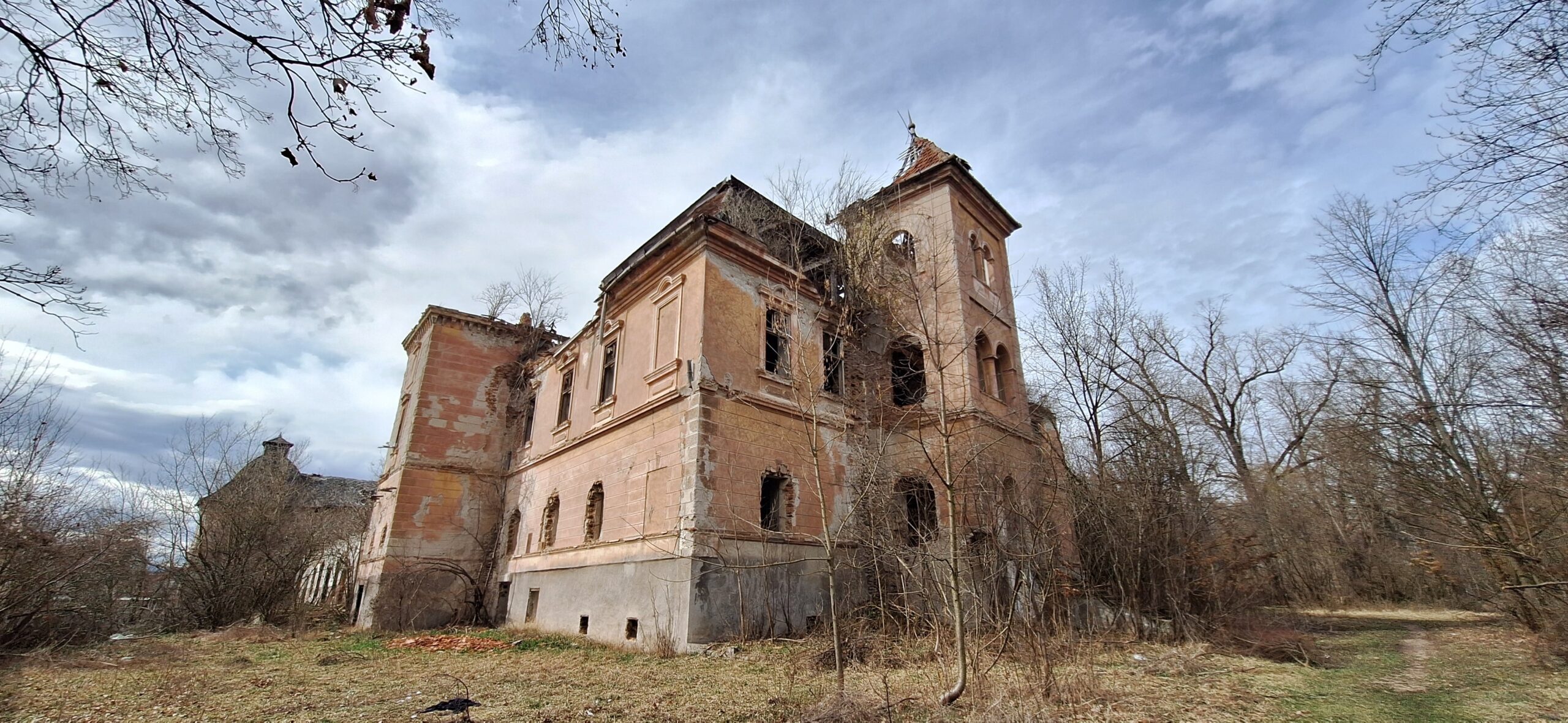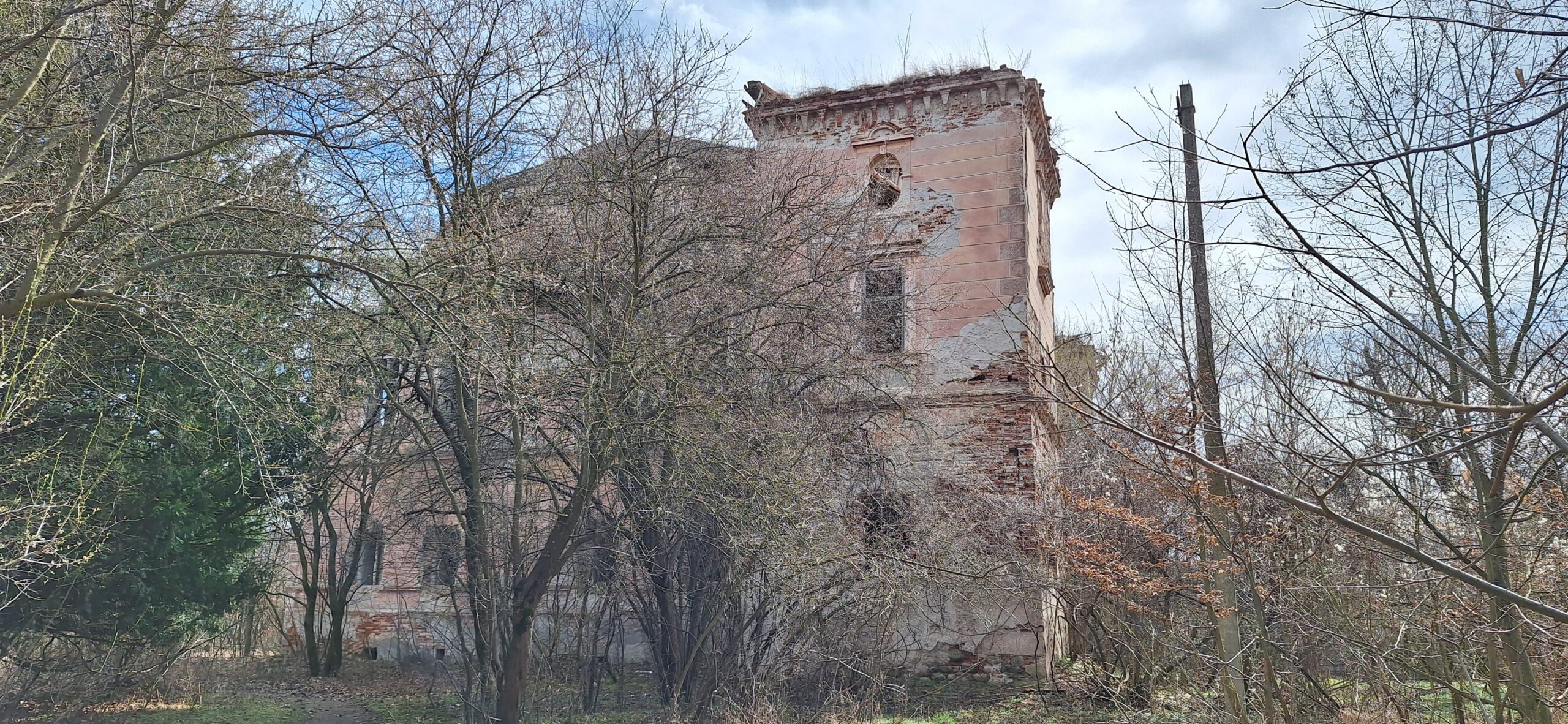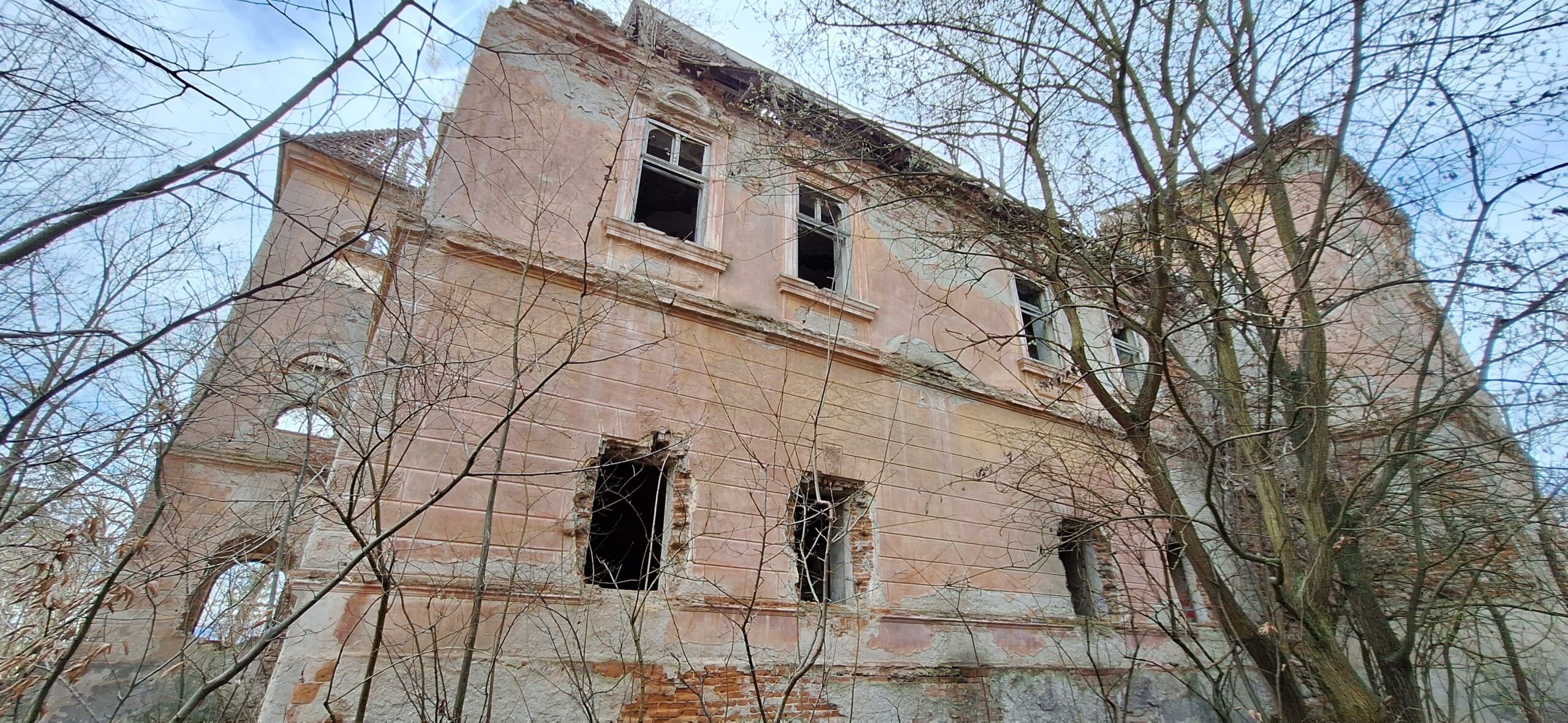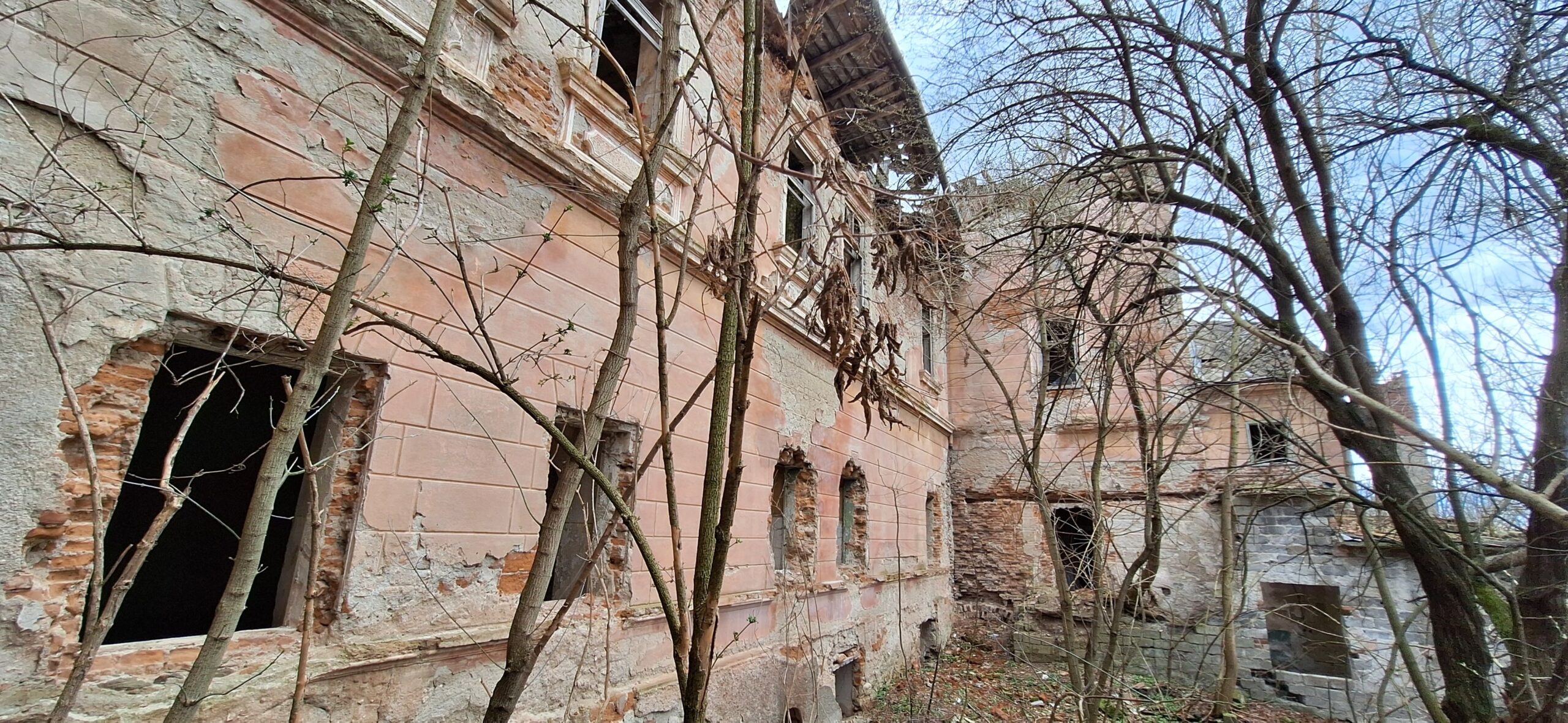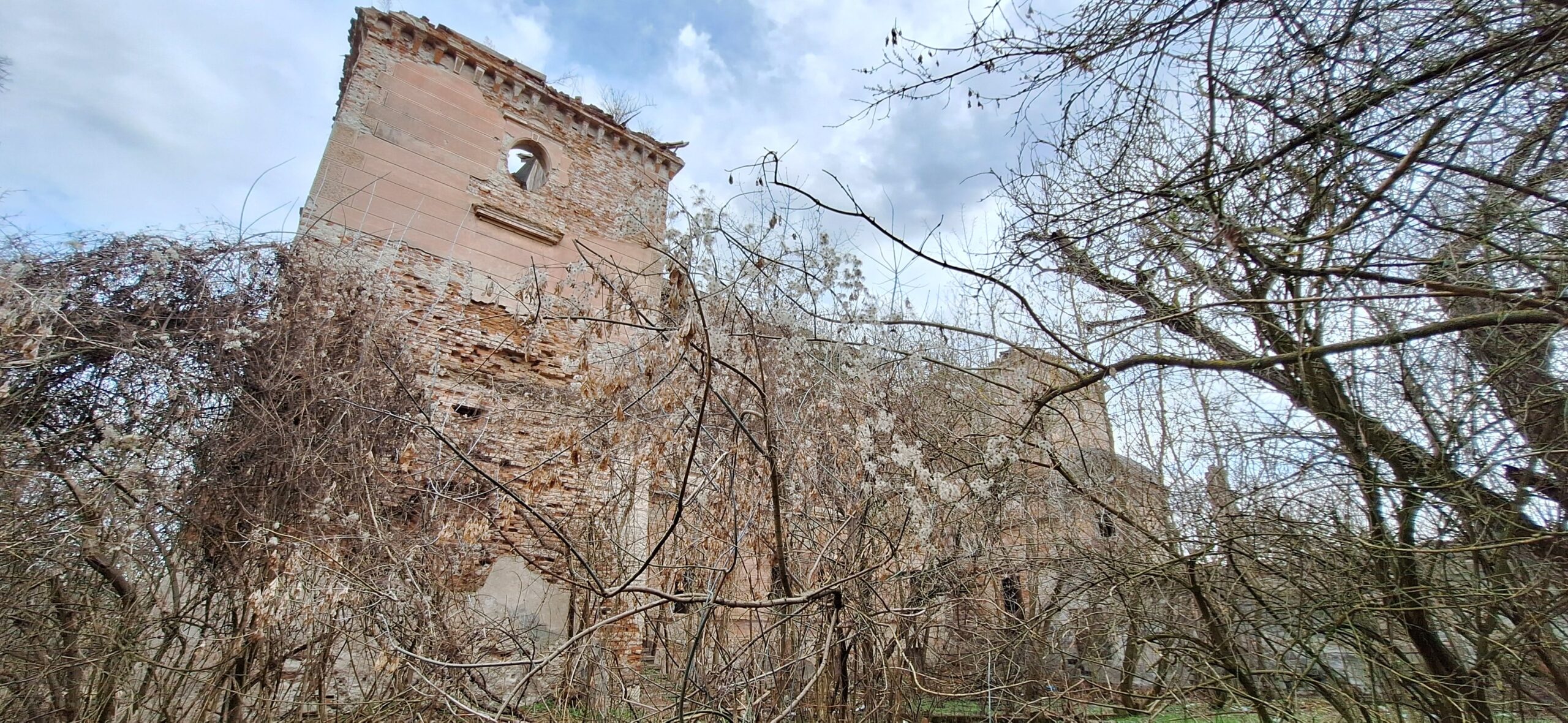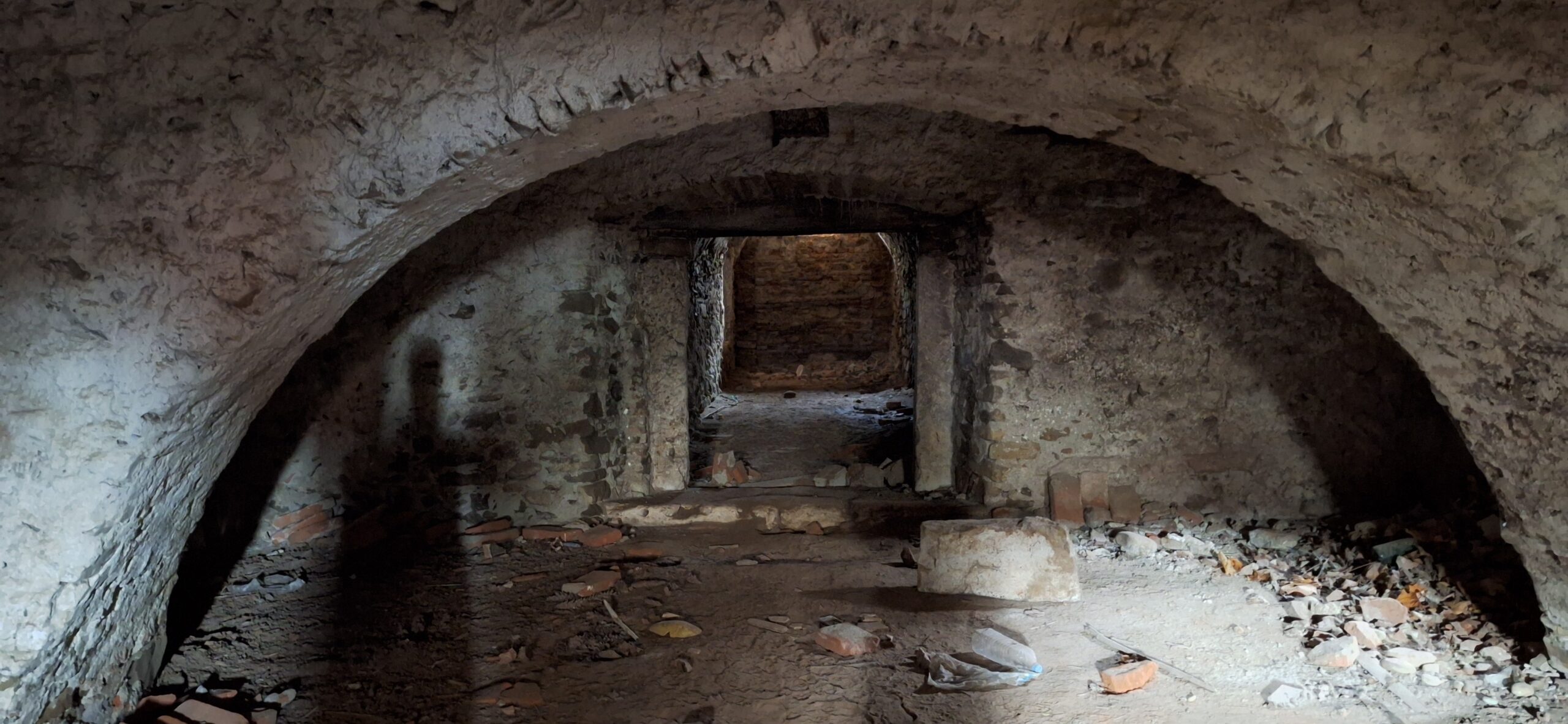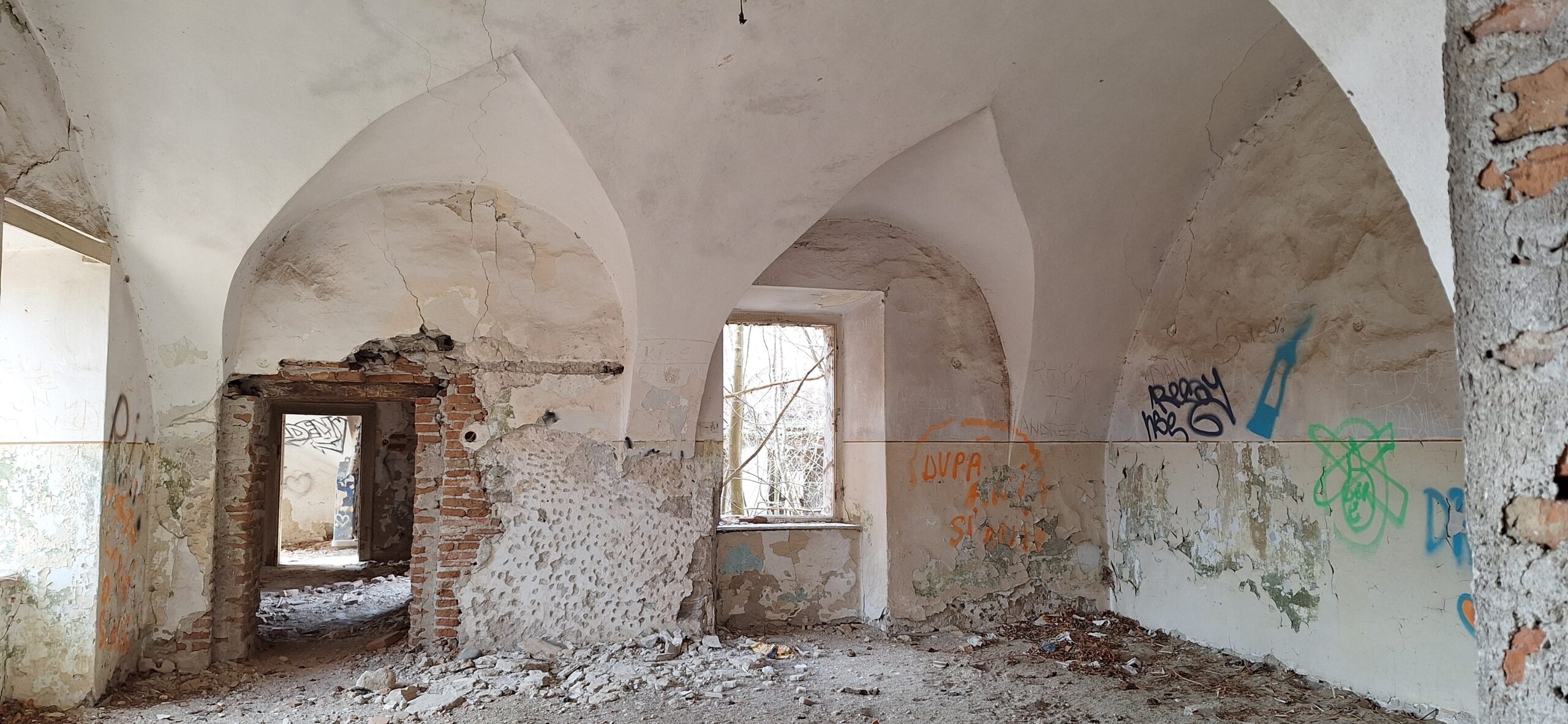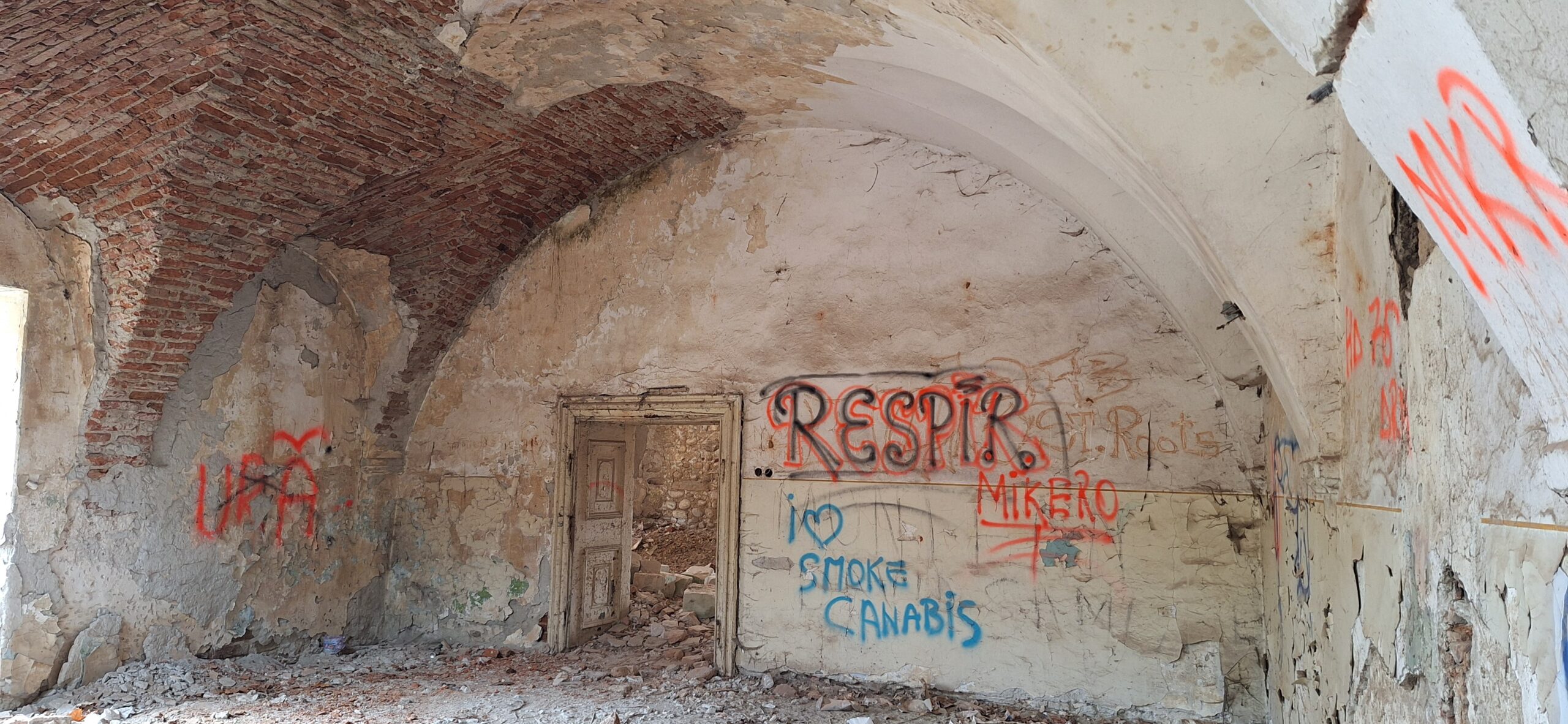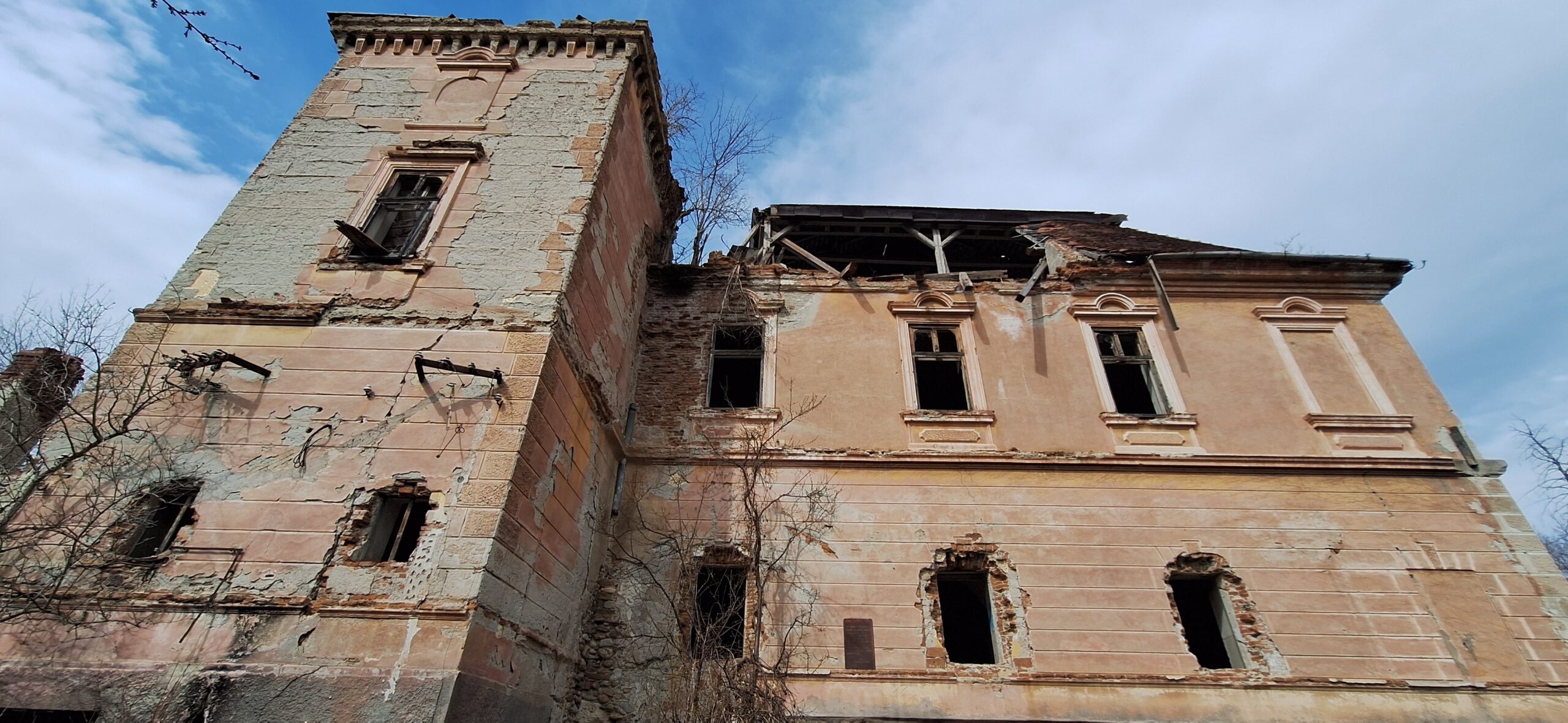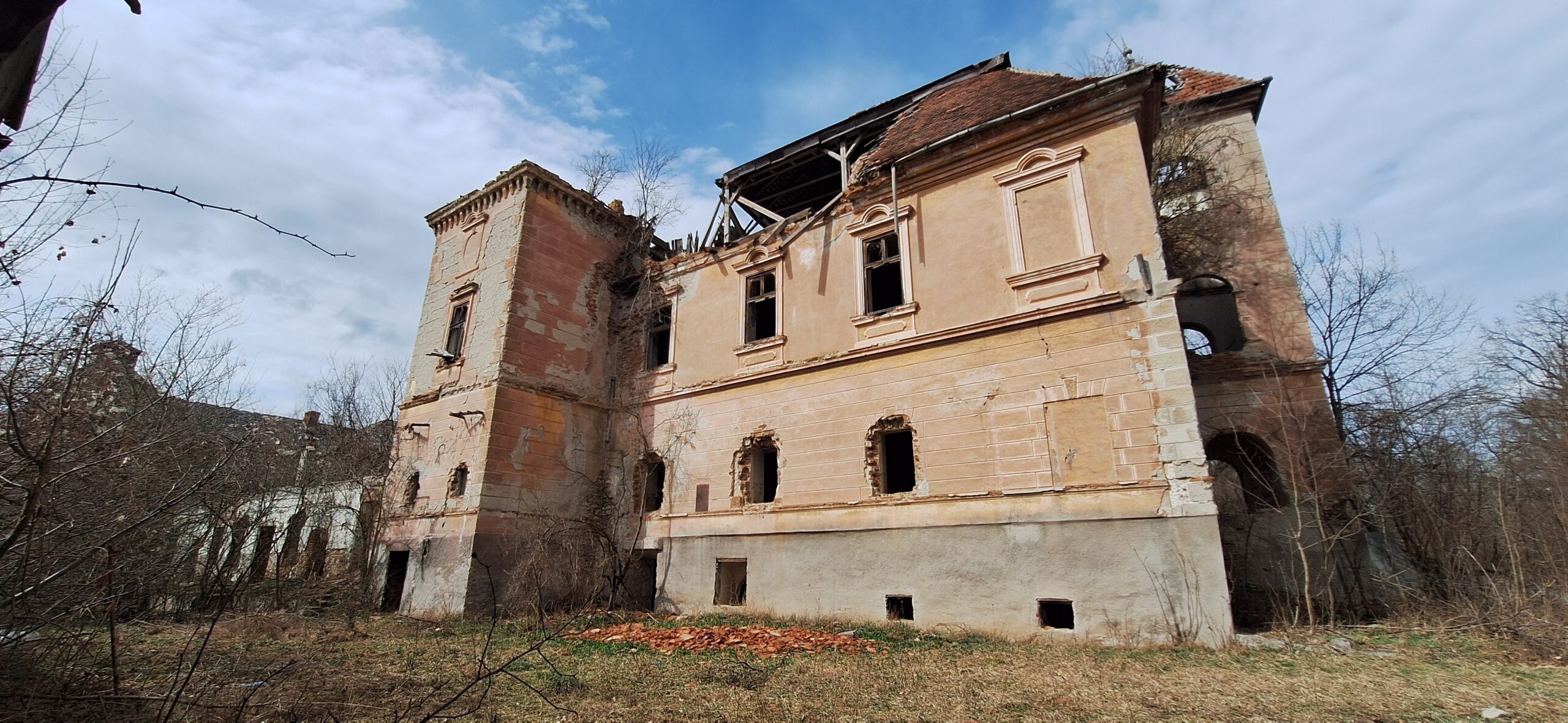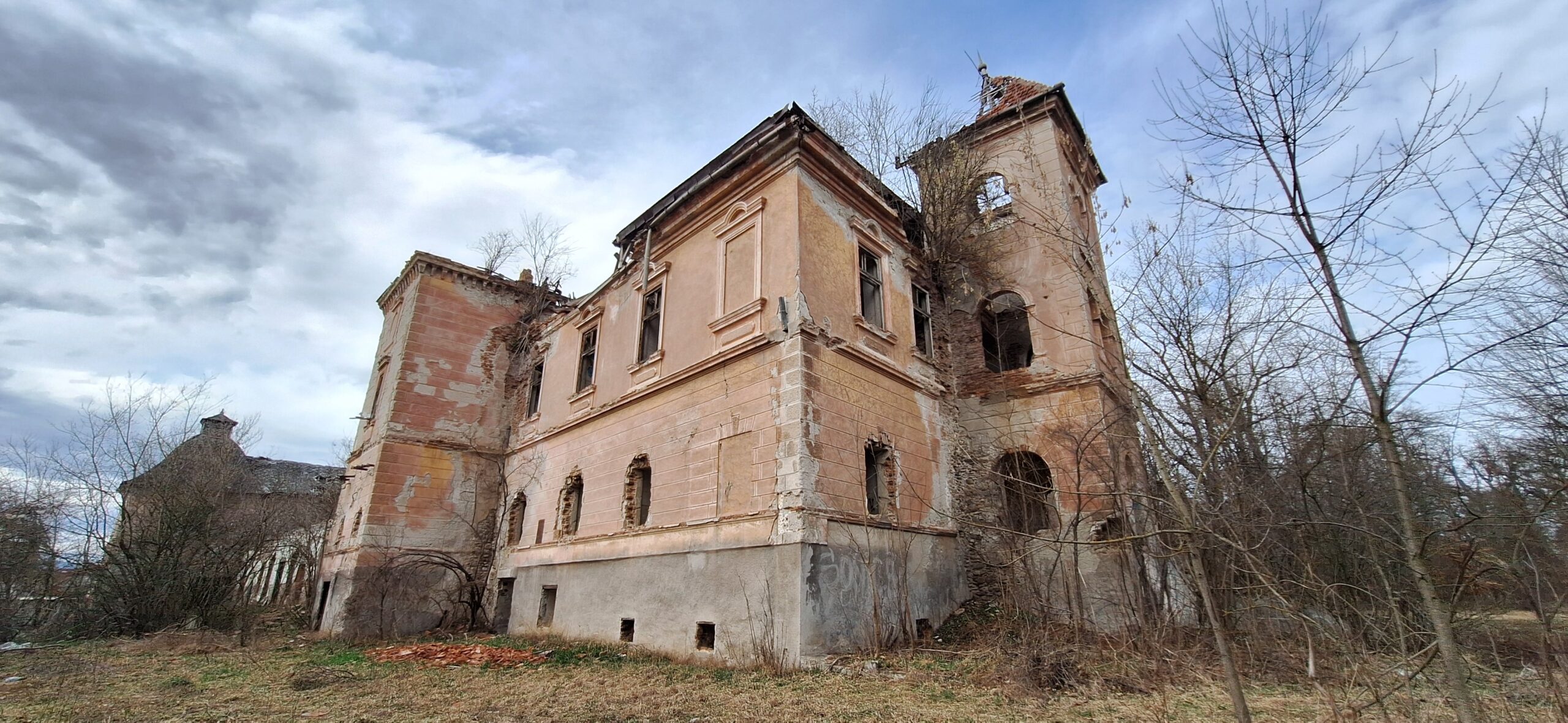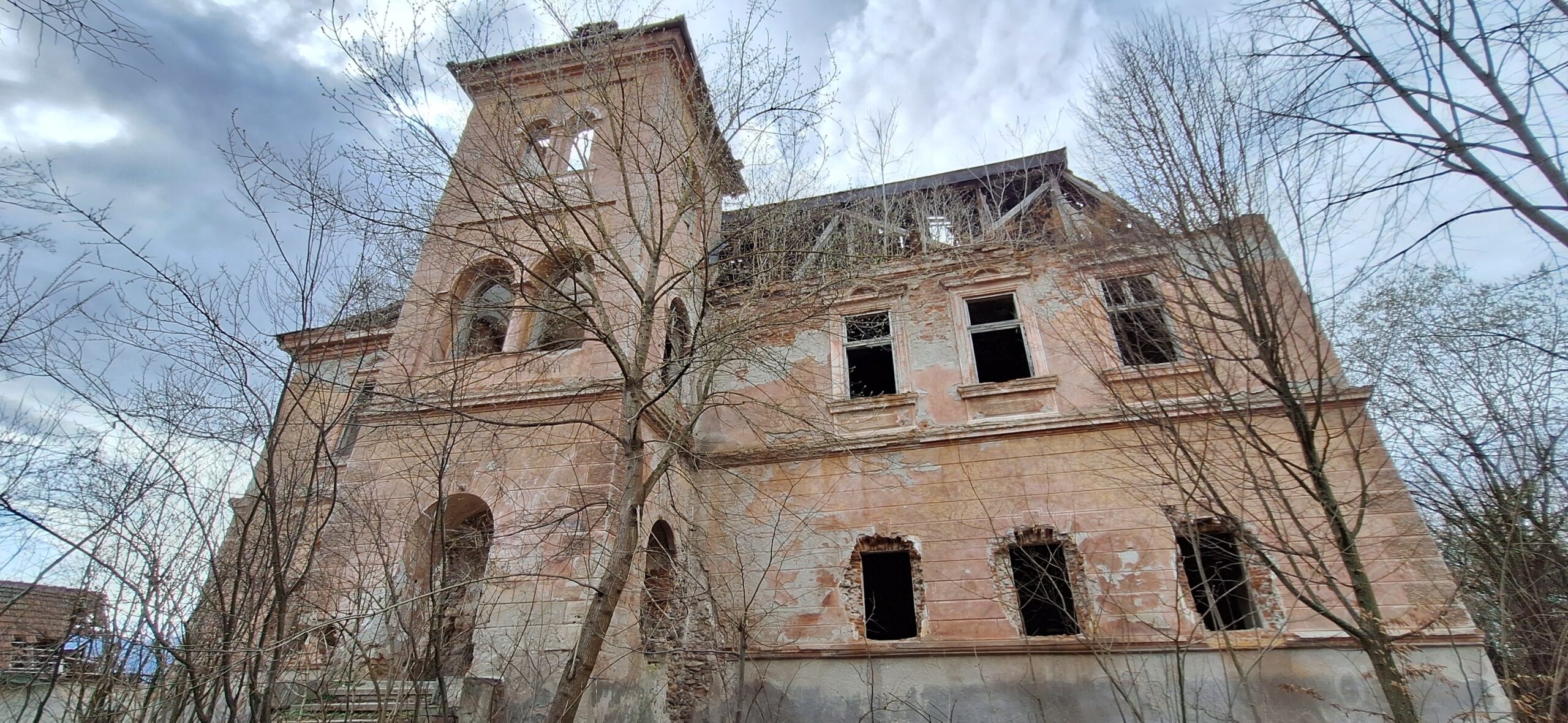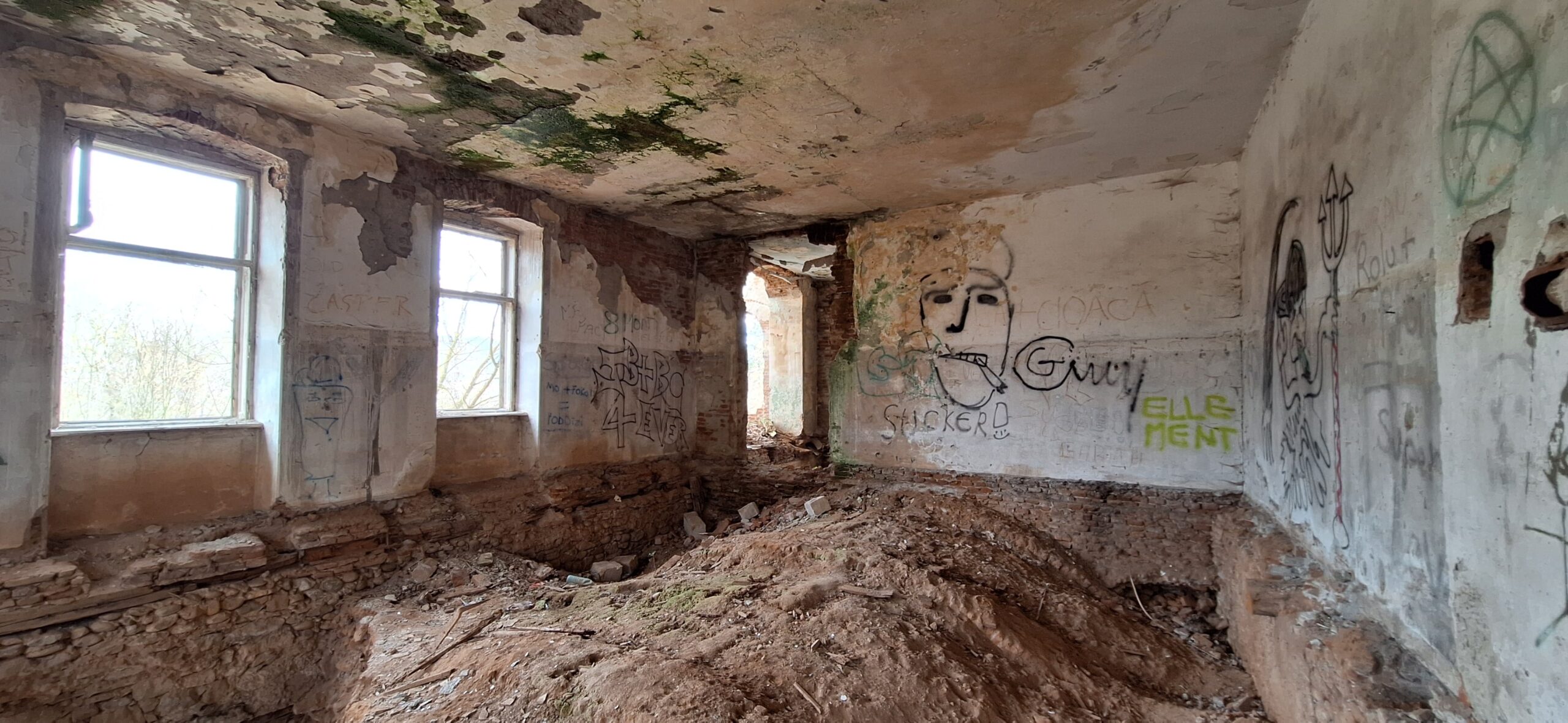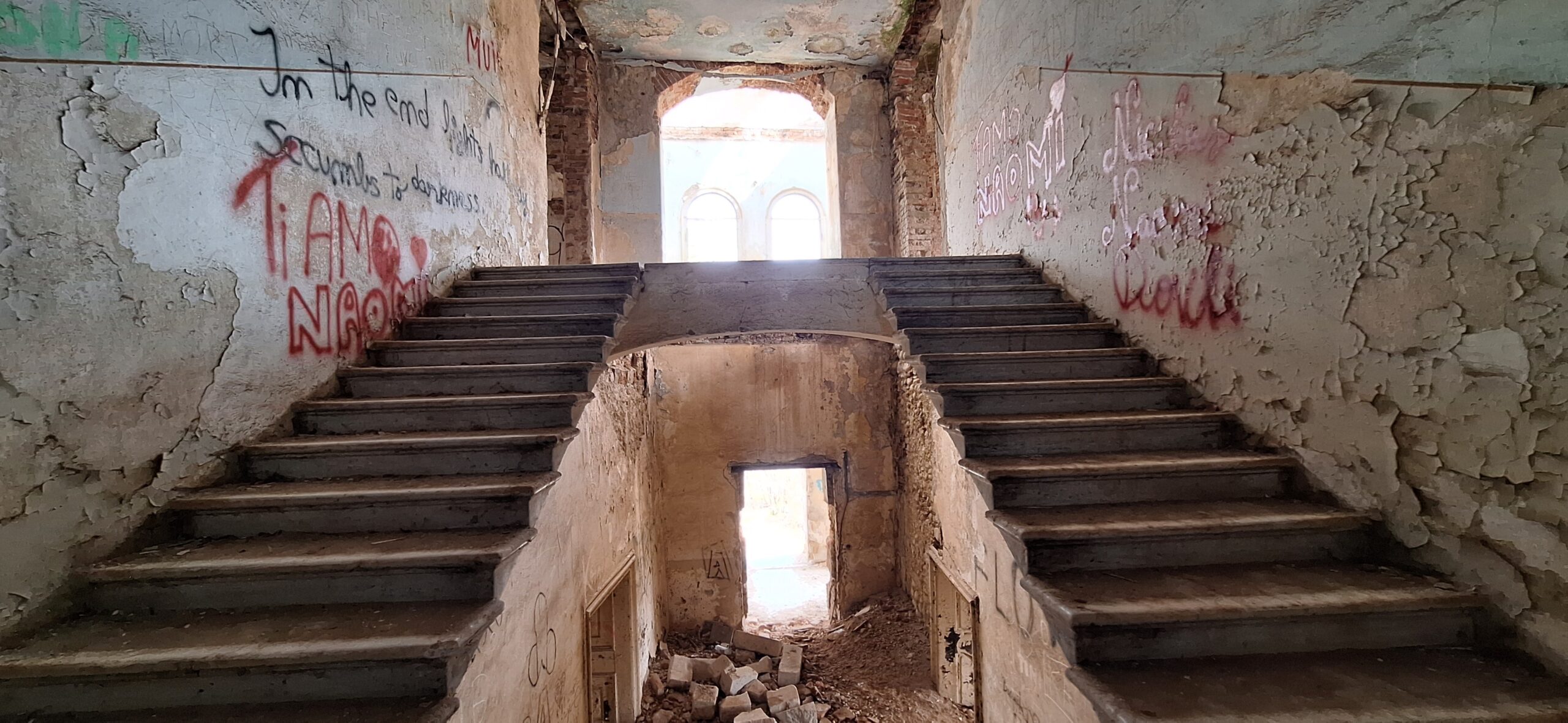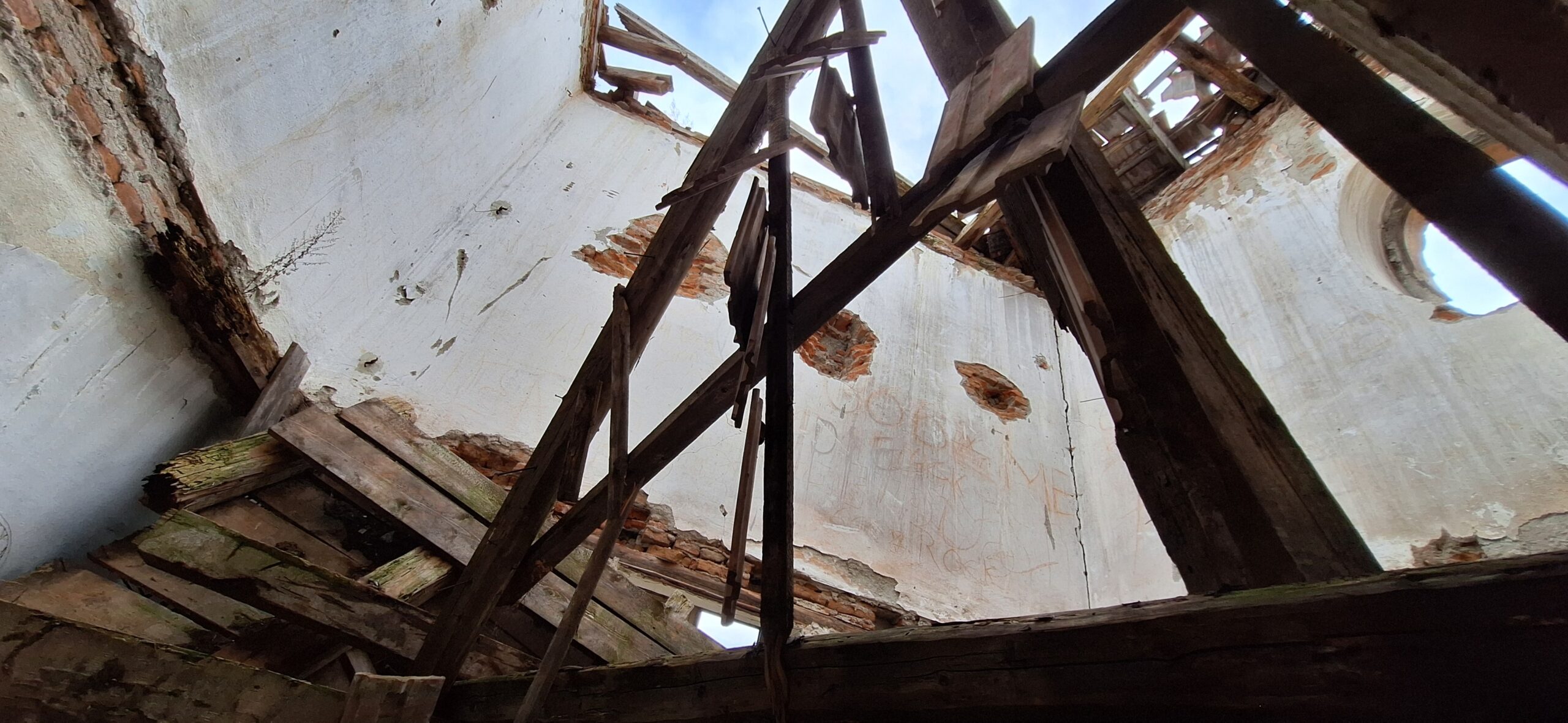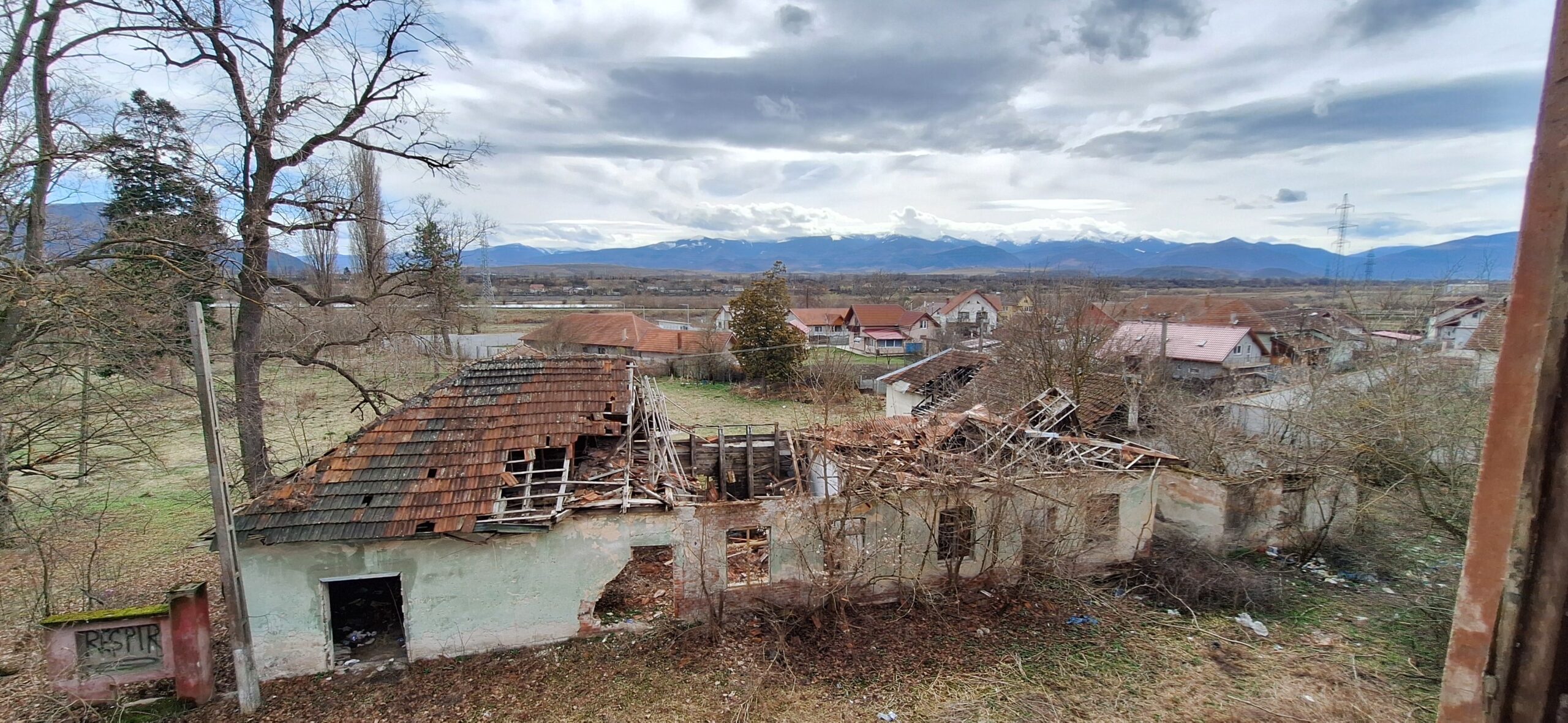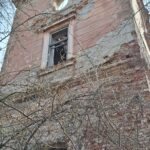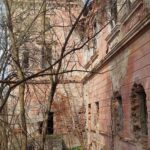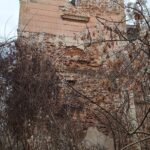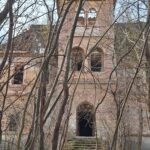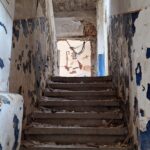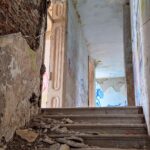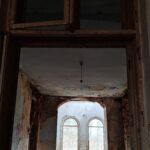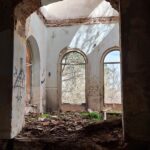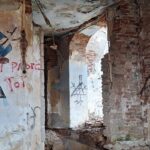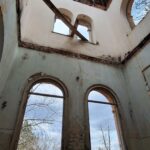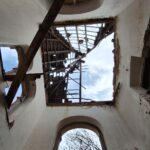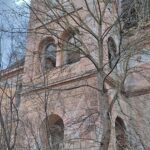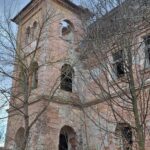Nălațvad (Nalácvád, Schiffenschütz) – Hunedoara County
Built in the 19th century, a category A historic monument in Hunedoara County looks like a place torn from a horror film. Both due to its architecture and, more so, its dark history and eerie atmosphere. Now in ruins, the Naláczy–Fáy Castle in Nălațvad teeters between total destruction and miraculous rebirth.
The Naláczy–Fáy Castle in Nălațvad, an architectural jewel of Țara Hațegului
The castle’s story begins in the mid-18th century, when the first manor of the noble Naláczy family was likely already standing on this estate. A century later, the current building replaced this manor built from stones of a former Franciscan monastery. On the estate, acquired through marriage from the Naláczy family by the Teleki family, György Teleki and his wife, Ilona Kendeffy de Malomvíz (Râu de Mori), built a two-story castle, surrounded by a vast dendrological park. Three imposing towers completed the rectangular main structure — two on the inner courtyard corners, and the third placed asymmetrically on the main façade.
Blanka, one of the Teleki–Kendeffy couple’s three children, married Viktor Fáy in 1888. They owned the estate at the start of the 20th century, but their daughter, Klementina Pekri (d. 1960), witnessed the beginning of its decline. The annexes were heavily modified, and the current pyramid-shaped roof of the towers replaced the former baroque one. The elegant little turrets of the attic windows also disappeared. Then dark years came for Naláczy–Fáy Castle. During World War II, the Jews from the Hațeg area were gathered here (1941–1944). With the nationalisation in August 1948, the castle and park were handed over for 50 years to the Agricultural Industry High School of Timișoara.
Naláczy–Fáy Castle in Nălațvad, the scene of terrible suffering
After the horrors endured by Holocaust victims, the rooms were filled with the voices of hundreds of children spending their school camps there. The walls fell silent once again when the castle became a tuberculosis preventorium. Then in the 1980s, a neuropsychiatric ward for children opened here. For those who still clearly remember those times, it’s chilling just to imagine the inhuman conditions suffered by these unfortunate, mostly orphaned, children. First under the harsh grip of the communist regime, then the severe and cold uncertainty of the ’90s. The center finally closed its doors near the end of the last millennium.
In 1999, an inheritance certificate was issued in favor of the state after the 50-year period ended. However, the castle was abandoned, even though the dendrological park was declared a natural reserve in 2004. Lengthy lawsuits followed, initiated by the supposed heir of Blanka and Viktor Fáy, Mária Katalin Szent-Ivány, who died in 2015. The legal battle, continued by her sons Kristóf and Ferenc Szentiványi, was definitively lost in May 2022. Thus, the estate remained the property of the Romanian state, through Hațeg’s local authorities. The castle itself lost its own battle against thieves and decades of neglect.
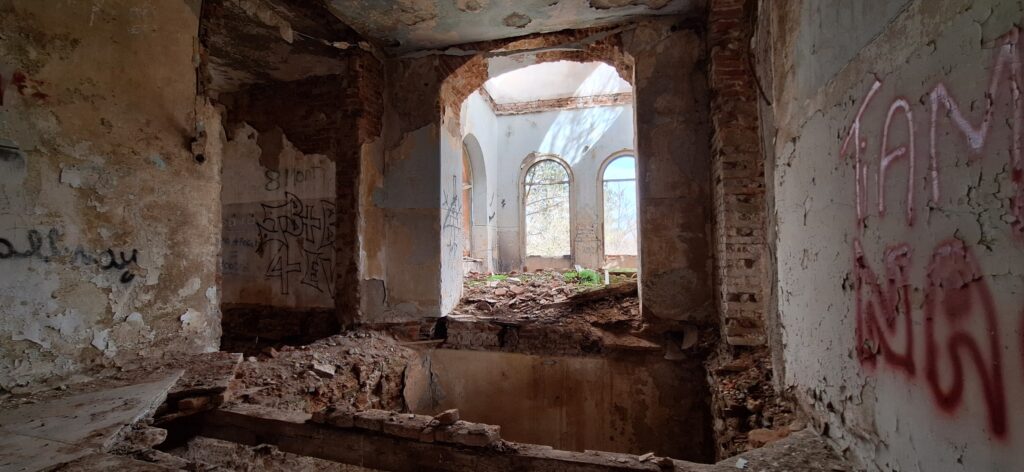
From furniture, woodwork, flooring, and tiles, to electrical systems, marble stairs, windows, and bricks — everything disappeared. A chill runs down your spine when you see the colorful murals still clinging to the walls and realize the suffering these rooms conceal. At one point, it was meant to become the headquarters of the Hațeg Country Dinosaur Geopark, with replicas of dwarf dinosaurs to be placed in the renovated park. But all that’s left now are untended trees, dried-up ponds, devastated rooms, a collapsed roof. Through the castle’s broken windows you’ll see a breathtaking view of the Retezat Mountains. Local officials planted hopes of restoring the castle, but the promised rescue has yet to come.

